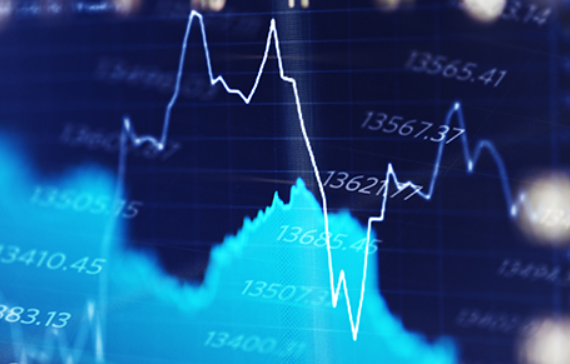The eurozone economy is about to get a real-world test of just how many interest-rate hikes it can withstand.
The European Central Bank did not just promise a quarter percentage point hike in July on Thursday, but also said it would lift interest rates by a half-point in September unless the inflation outlook materially improves.
And Arne Petimezas, senior analyst at AFS, says it might take at least the end of the war in Ukraine for the inflation outlook to improve significantly.
A further reading of the ECB statement Thursday suggests at least two more quarter-point hikes in 2022.
While the euro EURUSD, -0.67% declined, bond yields surged in the eurozone. In Germany, the two-year yield TMBMKDE-02Y, 0.833% rose 14 basis points to 0.84%k. In Italy, they TMBMKIT-02Y, 1.401% surged 21 basis points to 1.38%.
But the big question is whether the eurozone economy will withstand higher interest rates. Bill Papadakis, macro strategist at Lombard Odier, says the European economy just isn’t as strong as it is in the U.S.
“The difference between the ECB’s task and that of the Fed, is that the U.S. economy is experiencing a ‘demand boom,’” said Papadakis.
Silvia Dall’Angelo, senior economist at Federated Hermes, echoed that. “The war in Ukraine is still ongoing and escalations – resulting in the disruption of gas provision and energy rationing – could still happen. In addition, as interest rates increase, market fragmentation is likely to emerge, with peripheral sovereign bonds likely to come under additional pressure,” she said.
The ECB’s staff is forecasting the region’s economy to slow to 2.8% growth this year after a 5.4% acceleration in 2021, and to slow further to 2.1% next year.
Markets are pricing in an expectation that the ECB will take interest rates all the way up to 2% from a current stance of negative 0.5%.
European Central Bank President Christine Lagarde said the governing council deliberately decided not to debate what the neutral level of rates is that will neither stimulate nor restrain the economy.
“I’m sure we will ad nauseam argue as to whether it is 0.96% or 1.97%, or beyond, or below, or whatever,” she said. “Suffice to say that the neutral rate, over the course of time, for multiple reasons having to do with productivity, with demographics, and all the rest of it, has gone down. But where it stands exactly, we have decided not to discuss it on this governing council meeting,” she said.
Andrew Mulliner, head of global aggregate strategies at Janus Henderson, said the ECB’s choice not to give guidance on where neutral would be was “odd to say the least.”
Mulliner, like Papadakis, expressed doubts whether the ECB will be able to tighten policy as much as the market now suggests, as he raised the specter of the 2011 interest rate hikes when the central bank hiked during the eurozone debt crisis.
“The surprisingly sanguine view of growth suggests the rate guidance delivered today may prove too optimistic as we move through the second half of the year,” he said. “The ECB is tightening policy for reasons that, in its own acknowledgement, are principally a function of non-demand factors, into a slower growth environment. The shadow of 2011 may have dimmed, but it has not disappeared.”

